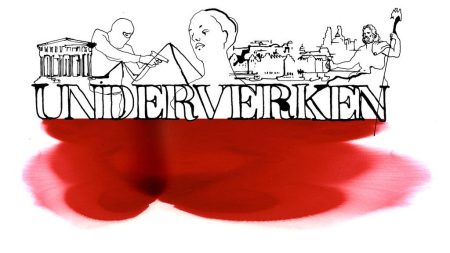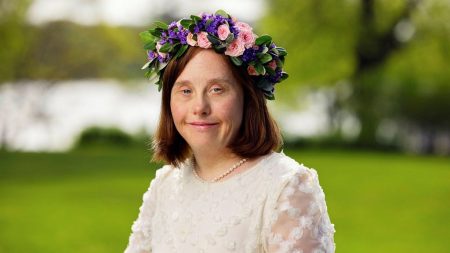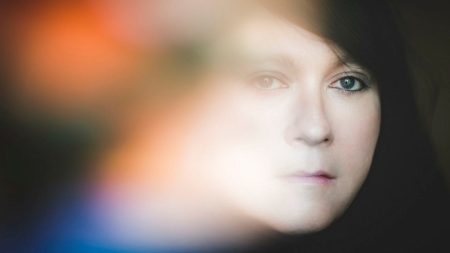Paragraph 1: The villanella, a poetic form associated with the Italian Renaissance and its focus on the amorous pursuits of young shepherds and shepherdesses, has seen limited use in modern Swedish poetry. Notable exceptions include Majken Johansson’s ”Villanella on a Nail” from the late 1950s and Gunnar D Hansson’s ”Tapeshavet” from 2017, where the poetic voice confronts remnants of the past, reflecting on the cyclical nature of time and language mirrored in the villanella’s structure. However, the villanella has recently experienced a revival in the libretto of the one-act opera, “Jag har aldrig känt så här för någon och det är inte en grej jag säger till alla” (“I’ve never felt this way about anyone, and it’s not something I say to everyone”), composed by Maria Lithell Flyg and written by Kristian Hallberg. This marks a significant event in the contemporary landscape of Swedish art.
Paragraph 2: Premiering at Teater Cinnober in Gothenburg, this charming opera explores themes of young friendship and love, drawing inspiration from the playful yet poignant romantic atmosphere of the villanella. The opera’s title, a declaration of unique and profound affection, encapsulates the emotional core of the piece. The villanella, with its repeating verses and interwoven rhymes, provides a framework for the unfolding drama, offering a fresh perspective on the age-old operatic theme of the love triangle. The performance captures the essence of youthful infatuation, echoing the innocent fervor found in Mozart’s ”Cosi fan tutte.”
Paragraph 3: The villanella form flourished during the Renaissance as a type of three-part dance song, achieving a level of popularity akin to modern pop music. Its influence extended to the earliest forms of opera, contributing characteristic refrains that expressed timeless sentiments about love and pain. In this new opera, director Gunilla Johansson Gyllenspetz leverages the villanella’s structure to delve into the heart of the classic operatic love triangle. The three singers—Nina Ewald, Amanda Flodin, and Karl Peter Eriksson—skillfully navigate the rhythmic complexities of the rhyming verses, their performances amplified by the interplay of their voices.
Paragraph 4: The rhythmic and rhyming structure of the villanella lends itself perfectly to the operatic form, propelling the narrative forward while simultaneously creating a sense of lyrical intensity. The three singers skillfully deliver their lines, their voices interwoven like the threads of the villanella’s intricate rhyme scheme. The combination of their vocal prowess and the inherent dynamism of the villanella creates a powerful dramatic effect, drawing the audience into the emotional core of the story. Under Gyllenspetz’s direction, the production embraces the inherent theatricality of the villanella, enhancing the emotional depth and narrative impact of the performance.
Paragraph 5: Beyond the clever use of the villanella structure, the opera’s success also lies in the harmonious marriage of music and text. Hallberg’s libretto not only serves the narrative but also inspires Lithell Flyg’s music. The three voices, accompanied by a trio of flute, percussion, and cello, create a captivating sonic landscape, reminiscent of a swirling round dance. This musical synergy elevates the opera beyond mere entertainment; it becomes a captivating experience that allows the audience to lose themselves in the emotional currents of the story. The interplay between the voices and the instrumental trio creates a rich tapestry of sound, further enhancing the emotional impact of the performance.
Paragraph 6: The chamber opera format provides an intimate setting for this exploration of young love and its complexities. The close proximity of the performers to the audience intensifies the emotional impact of the music and libretto. The synergy between the three singers, the instrumentalists, the director, and the creative team elevates this production beyond a simple performance; it transforms it into a captivating immersive experience. The opera’s use of the historically significant villanella form, combined with its fresh and insightful exploration of timeless themes, marks it as a truly noteworthy contribution to the contemporary operatic repertoire. “Jag har aldrig känt så här för någon…” proves to be more than just a charming chamber opera; it is a testament to the enduring power of music and poetry to explore the human condition in new and compelling ways.














